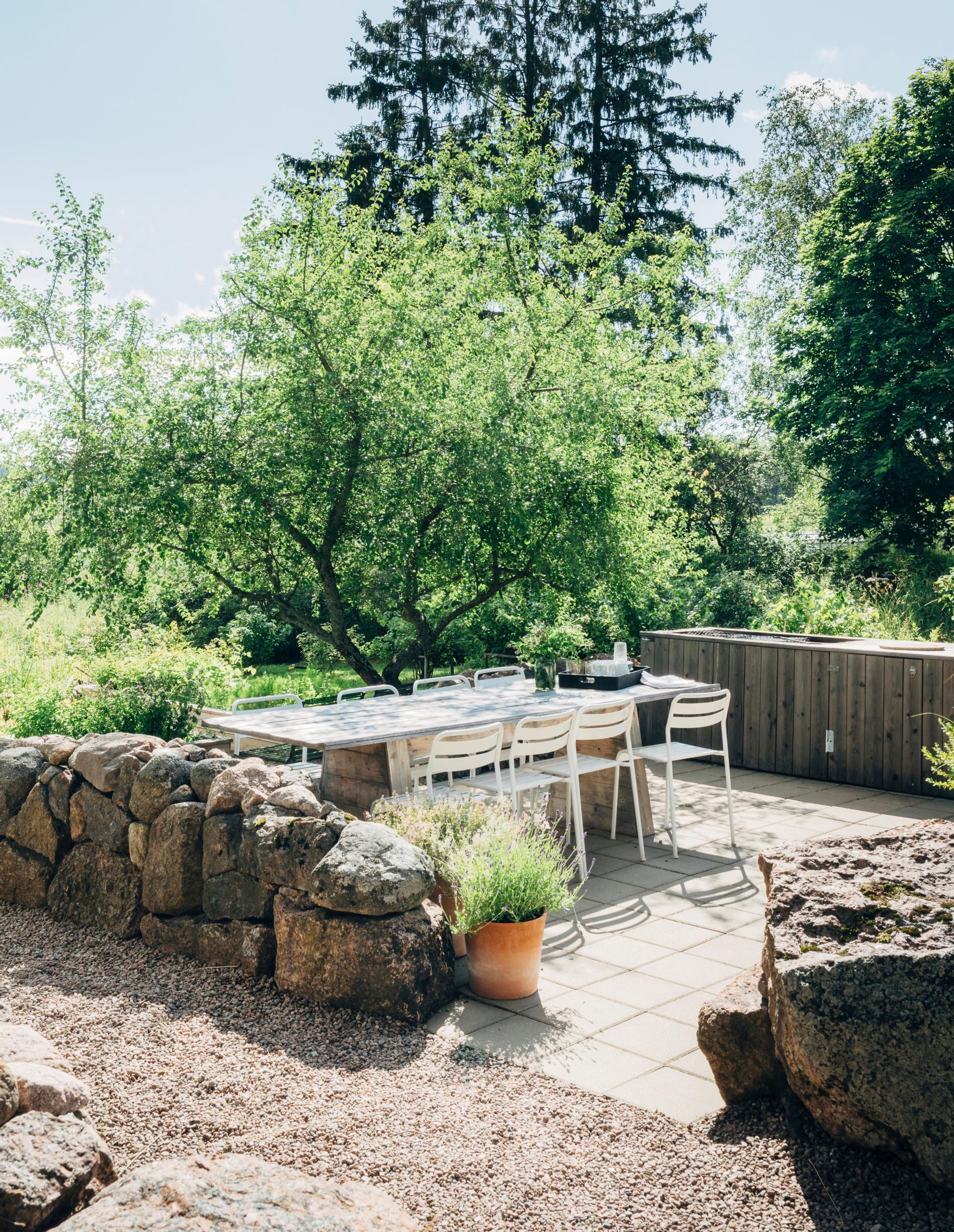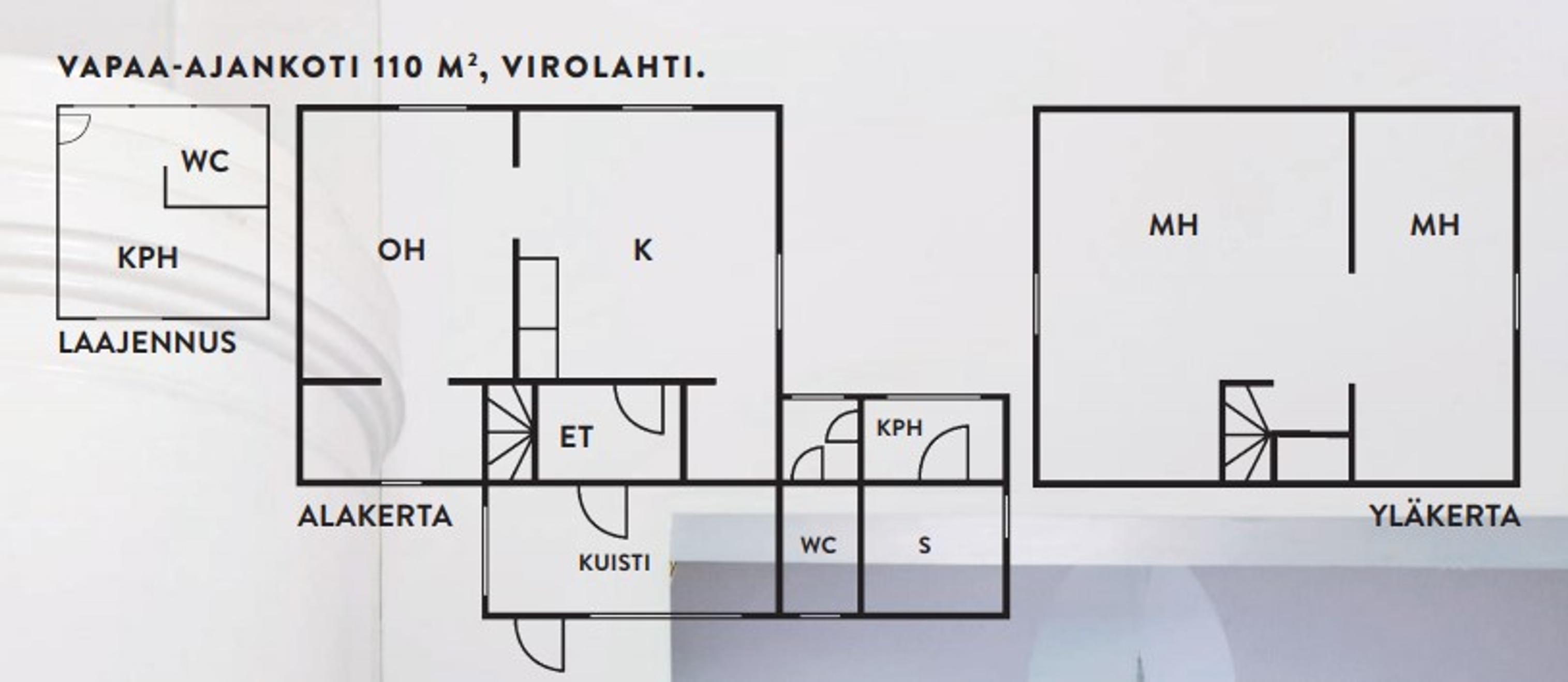
Kaisa and Aleksi transform an old wooden house into a summer home—“It’s as if our ancestors walk here with us”
“I belong here,” Kaisa says of her summer retreat on family land. In their traditional post-war-era house, Kaisa and Aleksi blend cozy charm with a modern design flair.
The yard slopes gently toward a wide, rolling field that is both beautiful and calming. Between the house and the field stands a row of boulders—a piece of history from the Salpa Line fortifications, built just before the Winter War to defend Finland.
For Kaisa Kuokka, this landscape is vital because it’s right beside her childhood home. Kaisa and Aleksi Kuokka’s house was built after the wars for Kaisa’s great-grandfather, who eventually lived there with two spouses. Then Kaisa’s great-aunt moved in. When she passed away, the building stood unheated for around ten years. Kaisa’s father thought the whole house might as well be burned down.
“When I was younger, I felt an overwhelming urge to leave this place. Like many teenagers, I thought I’d never come back. I couldn’t have imagined that one day I’d live here again and truly enjoy it,” Kaisa recalls.
A plush, substantial sofa and, despite its size, a featherlight ceiling lamp make a brilliant pairing.
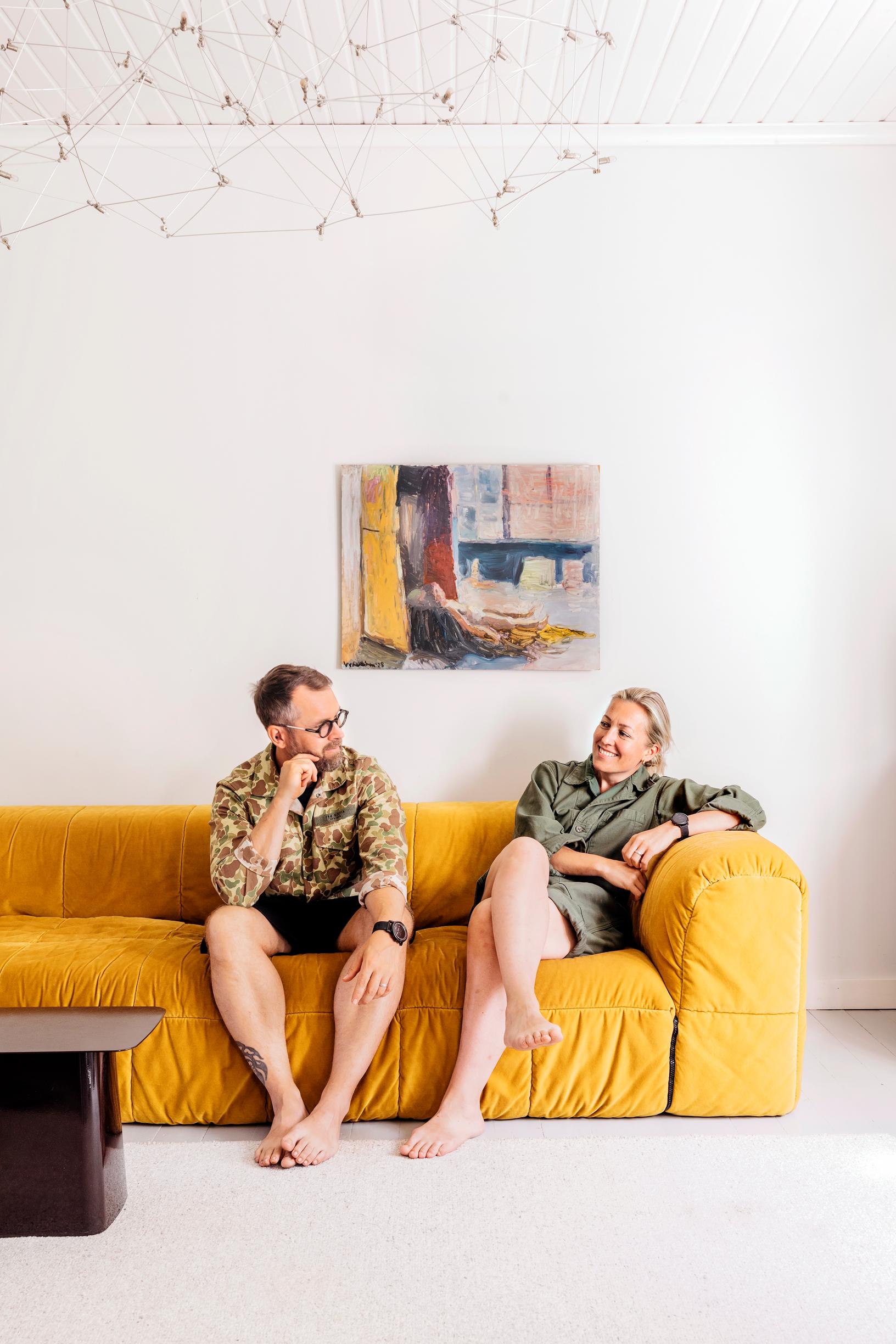
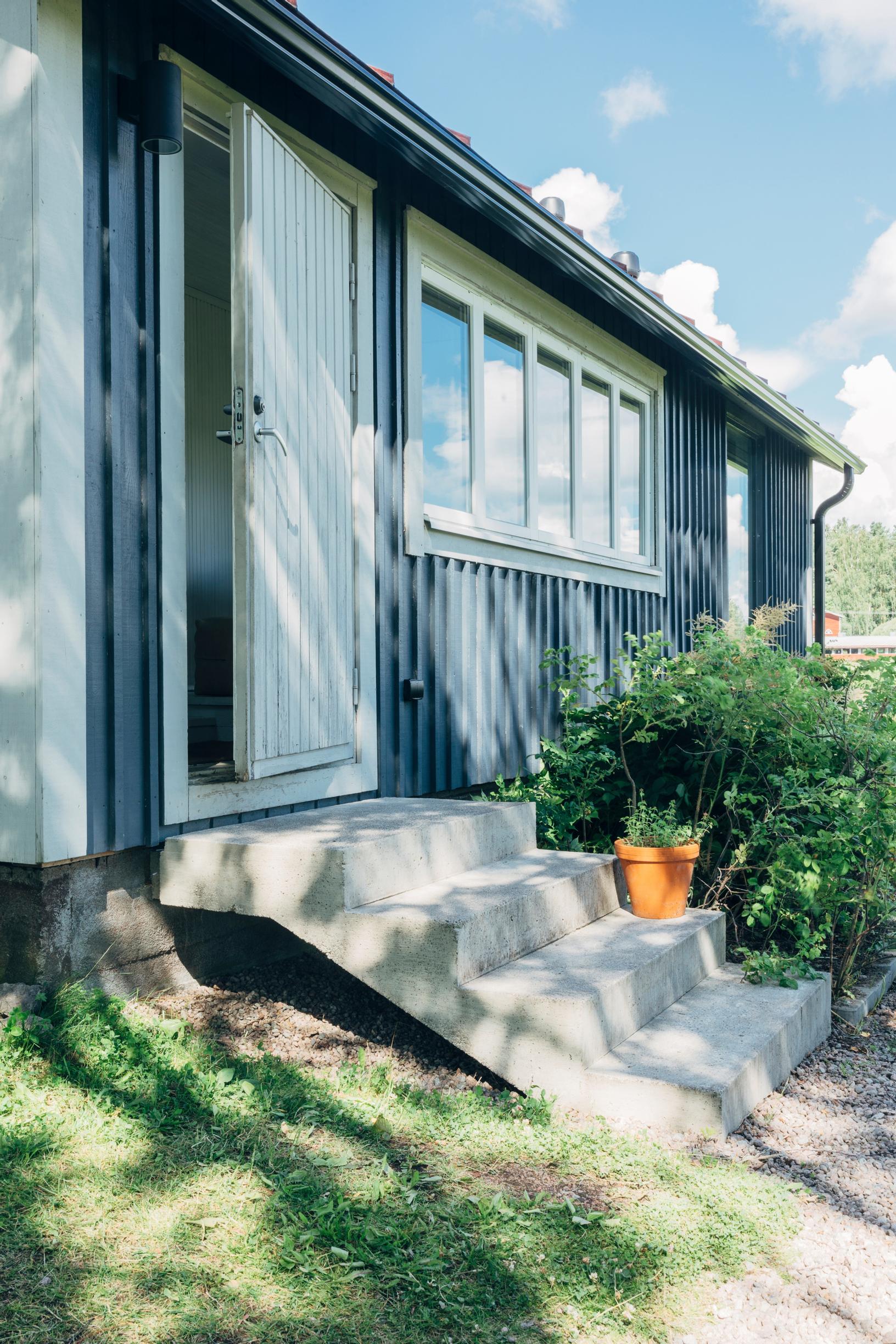
In 2007, Kaisa told her father, “Give me the house.” She wanted a place of her own in the home area.
Kaisa’s spouse Aleksi was initially of the same opinion as Kaisa’s father: scrap it and build new.
“It was a sad-looking place at the back of the yard. The feng shui wasn’t good. I had renovated old houses during summer jobs, so I had a sense of how much work was ahead. But the house was structurally sound and built on site, with a solid foundation. That changed my mind,” Aleksi says.
The floors were covered with vinyl, and the walls with particleboard. When the couple started tearing down walls, they realized that the lumber available right after the war wasn’t top-notch. The windows had been updated in 1970s style. The upstairs was unheated, so the family lived downstairs for the first year. The kitchen was remodeled because the original was small.
“We tried living here for a year to see every season. We stayed for three years because the house turned out so lovely. We renovated, and we also had babies. That’s basically how those years went,” Kaisa says.
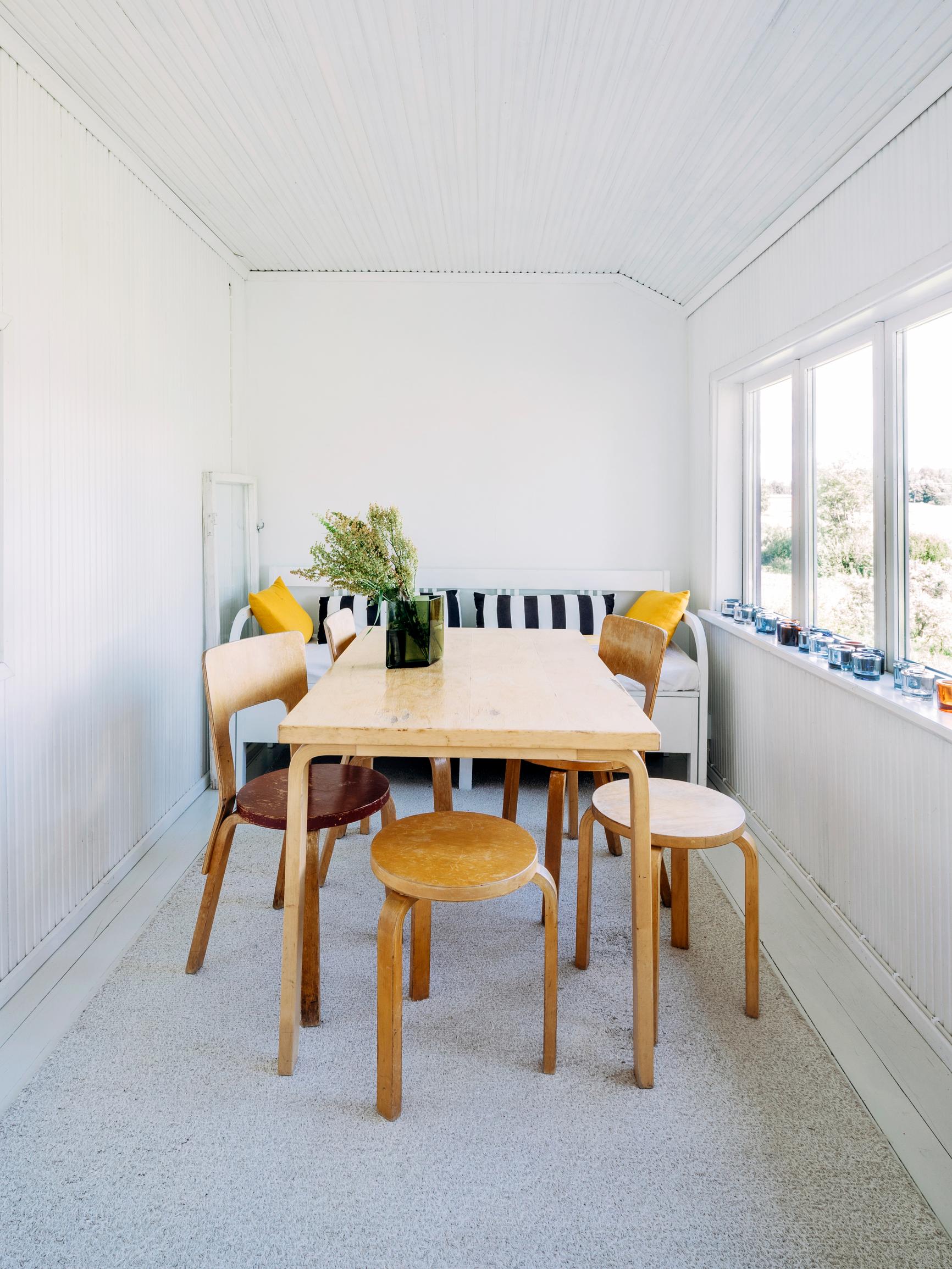
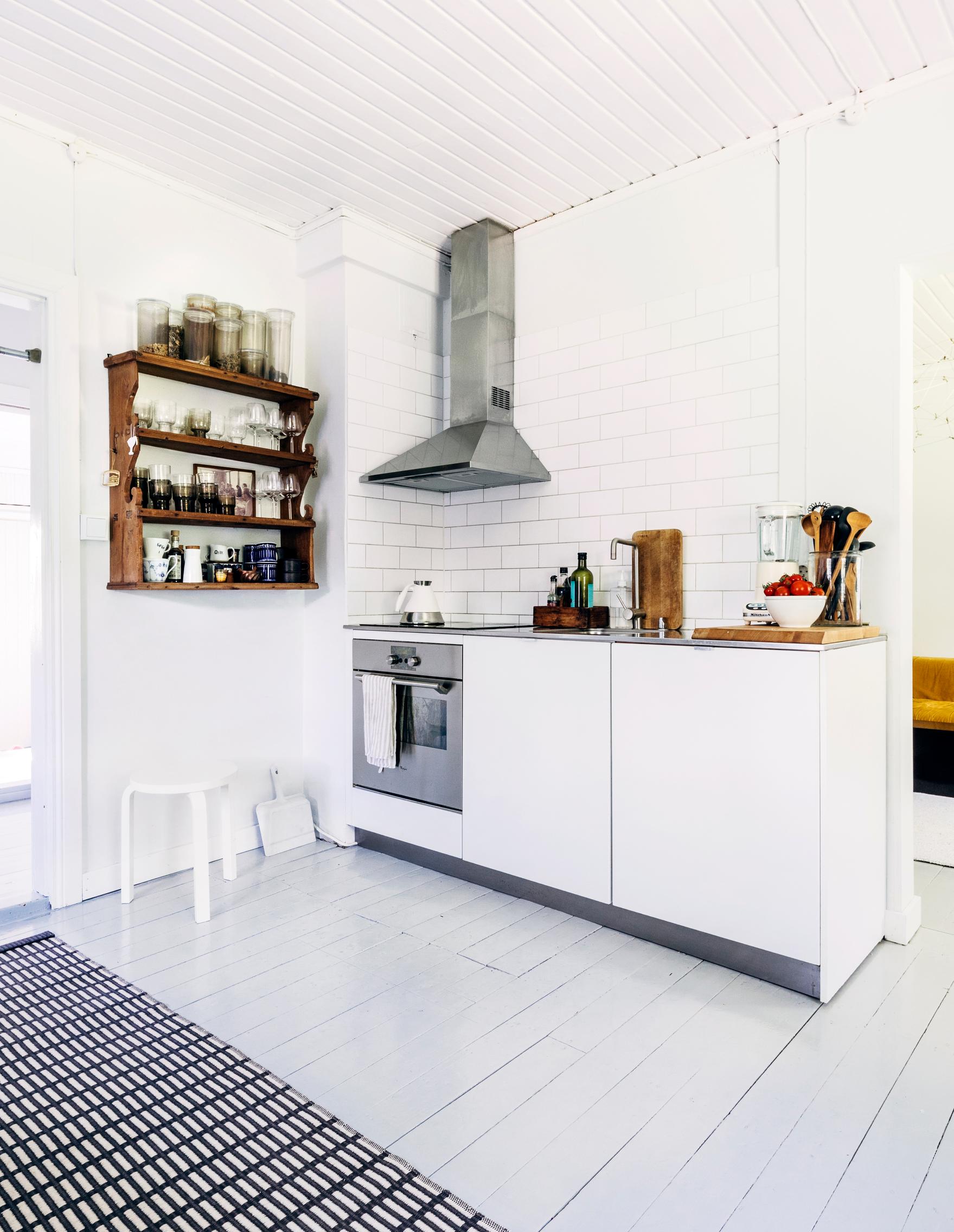
A new yet traditionally styled wood-burning stove is a perfect fit for the old house, plus it burns cleanly.
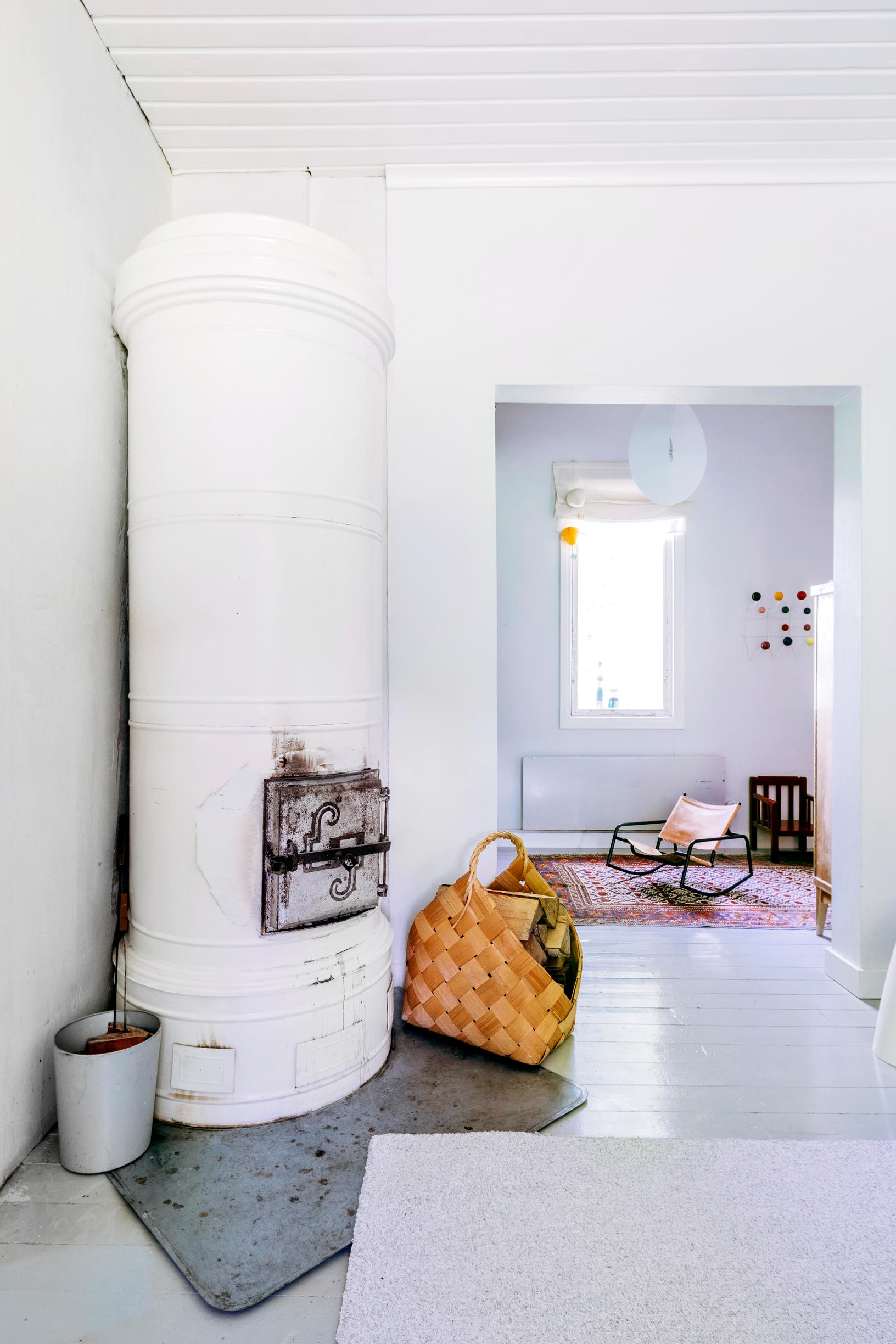
From 2011 to 2013, while they lived in the house, Kaisa studied for her master’s in economics at Lappeenranta University of Technology and looked after their three daughters. Aleksi worked in design and continued renovating. In 2013, they moved back to Helsinki to find work more easily, since the capital offered opportunities for both an economist and a designer.
When the renovation started, the couple was in the midst of a “don’t buy anything” year. They sourced everything secondhand.
“Among other things, Harri Koskinen’s designs kept popping up at flea markets,” Kaisa remembers.
Then they found Jukka Korpihete’s ceiling lamp for Lundia, which completely changed the cottage feel in the house’s kitchen-dining area.
“After that, things just snowballed. We bought a proper sofa and gradually more items. I always blame that lamp.”
These days, Kaisa and Aleksi wait until they find the right piece and can afford it.
“We probably spent more time thinking about buying a new sofa than whether we’d be together for the rest of our lives,” Kaisa laughs.
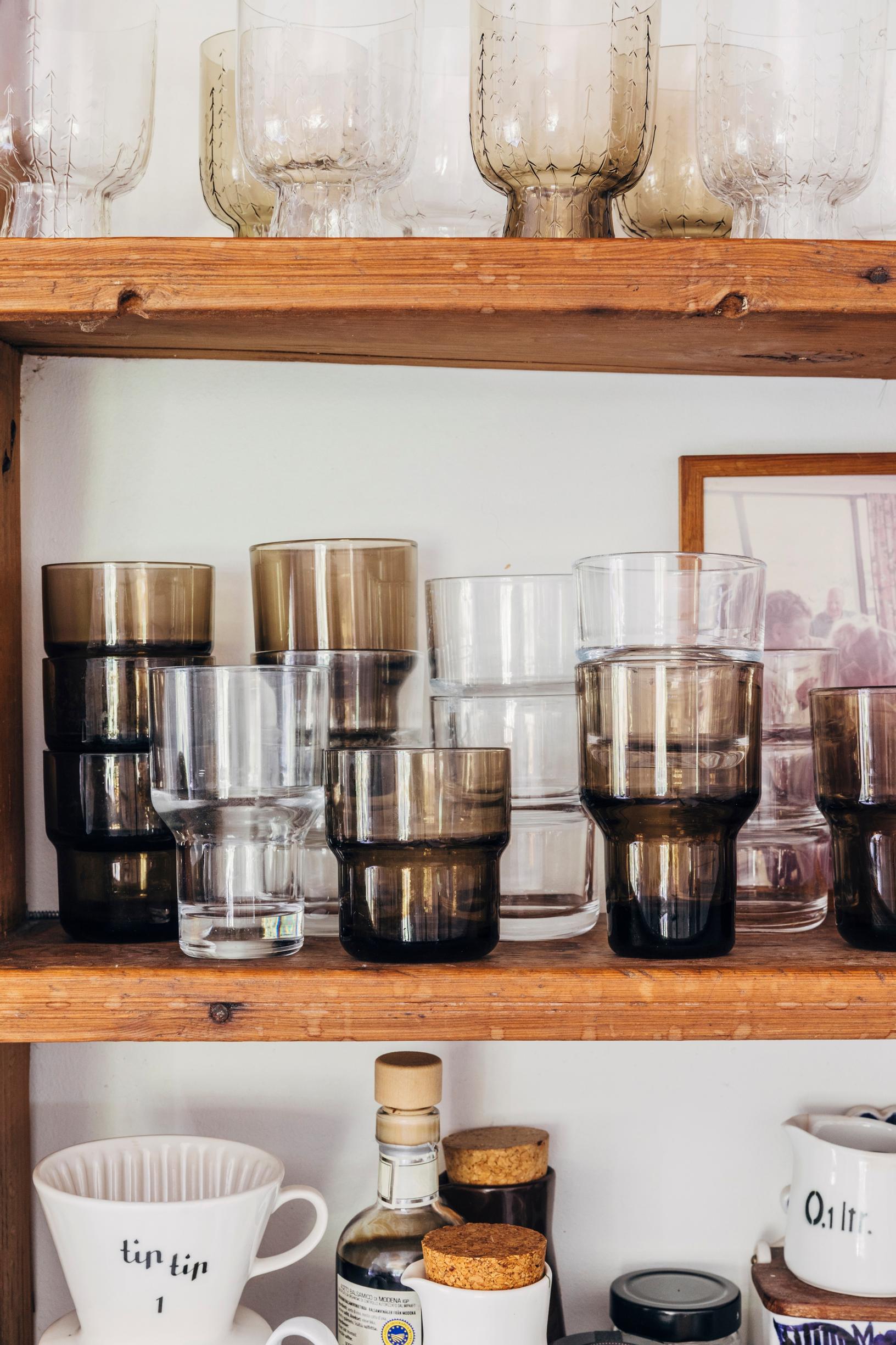
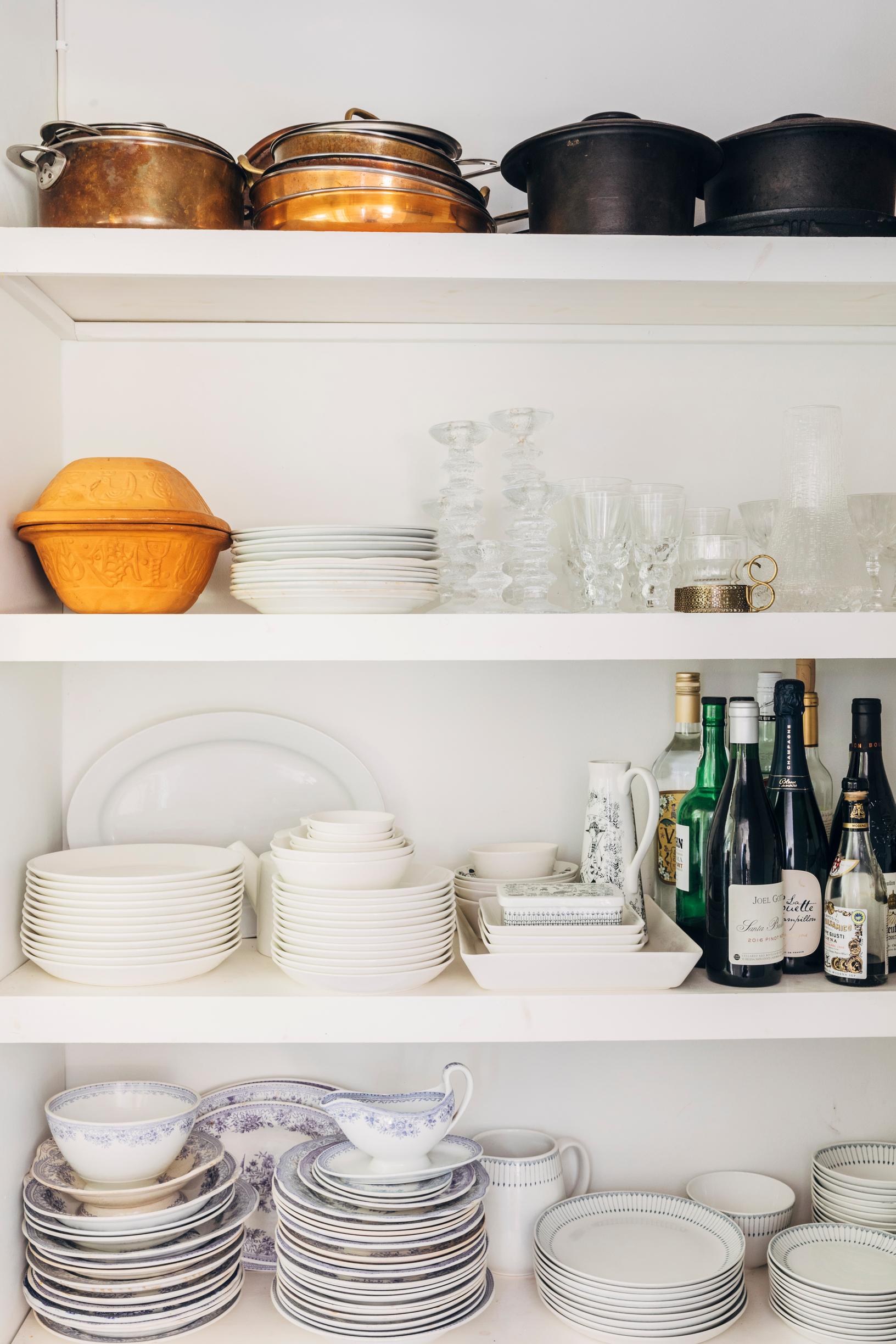
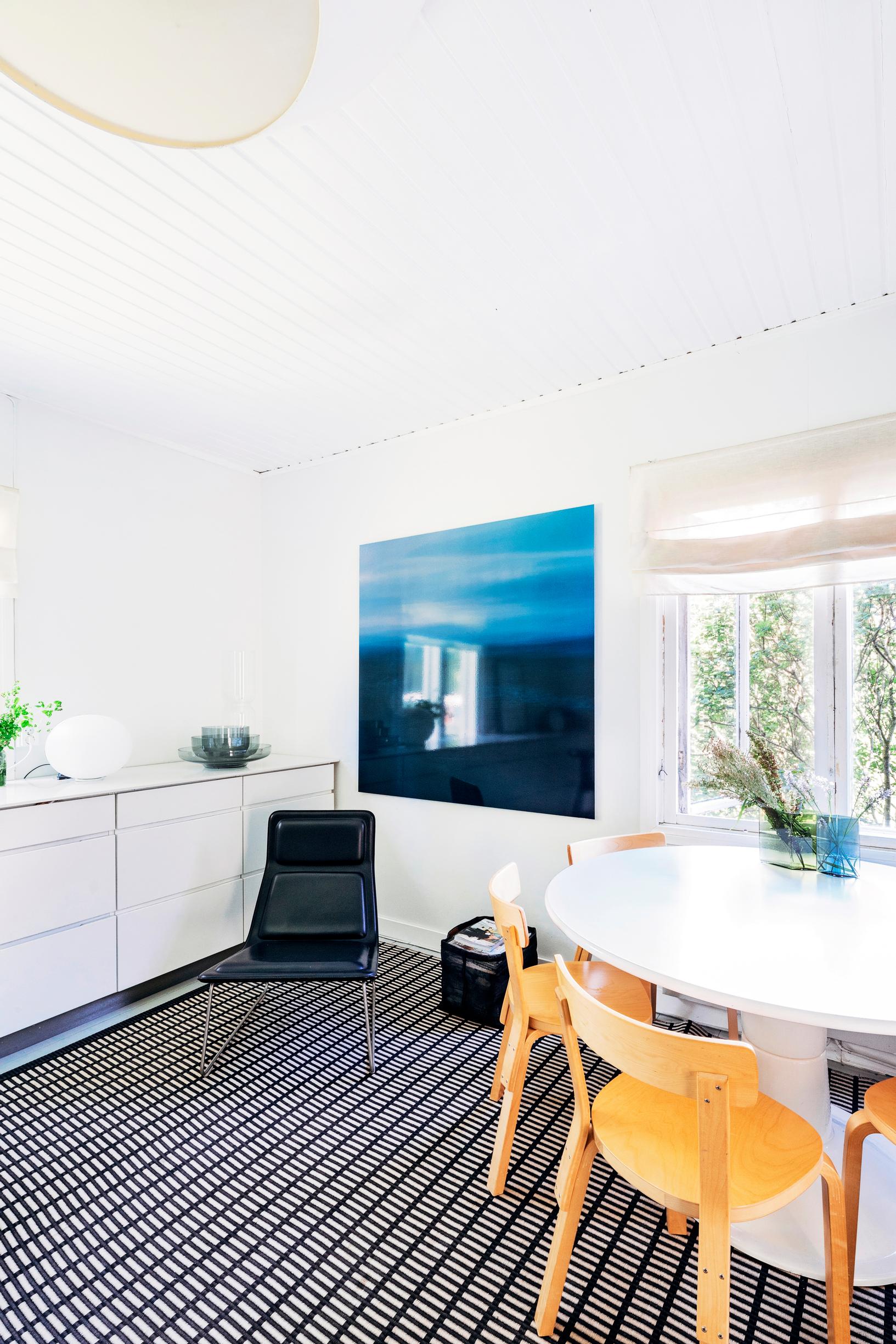
Kaisa calls herself a dishware fanatic. She went to work at Iittala, and that’s where she and Aleksi met.
“Food and a beautifully set table have always been big in my family.”
Aleksi’s eye for aesthetics is bothered by even the smallest mismatch. At home, this might be Kaisa’s favorite mug from Royal Copenhagen’s Blue Fluted series or the green catering-supplies bag. Kaisa’s taste is more eclectic than Aleksi’s, but both value order and tidiness.
“I’m more open to different styles now. You have to accept that you can’t have everything, and I make compromises with my spouse. It’s good training for life,” Aleksi says.
As a designer, Aleksi especially appreciates British designer Jasper Morrison’s super normal philosophy—a functional take on minimalism.
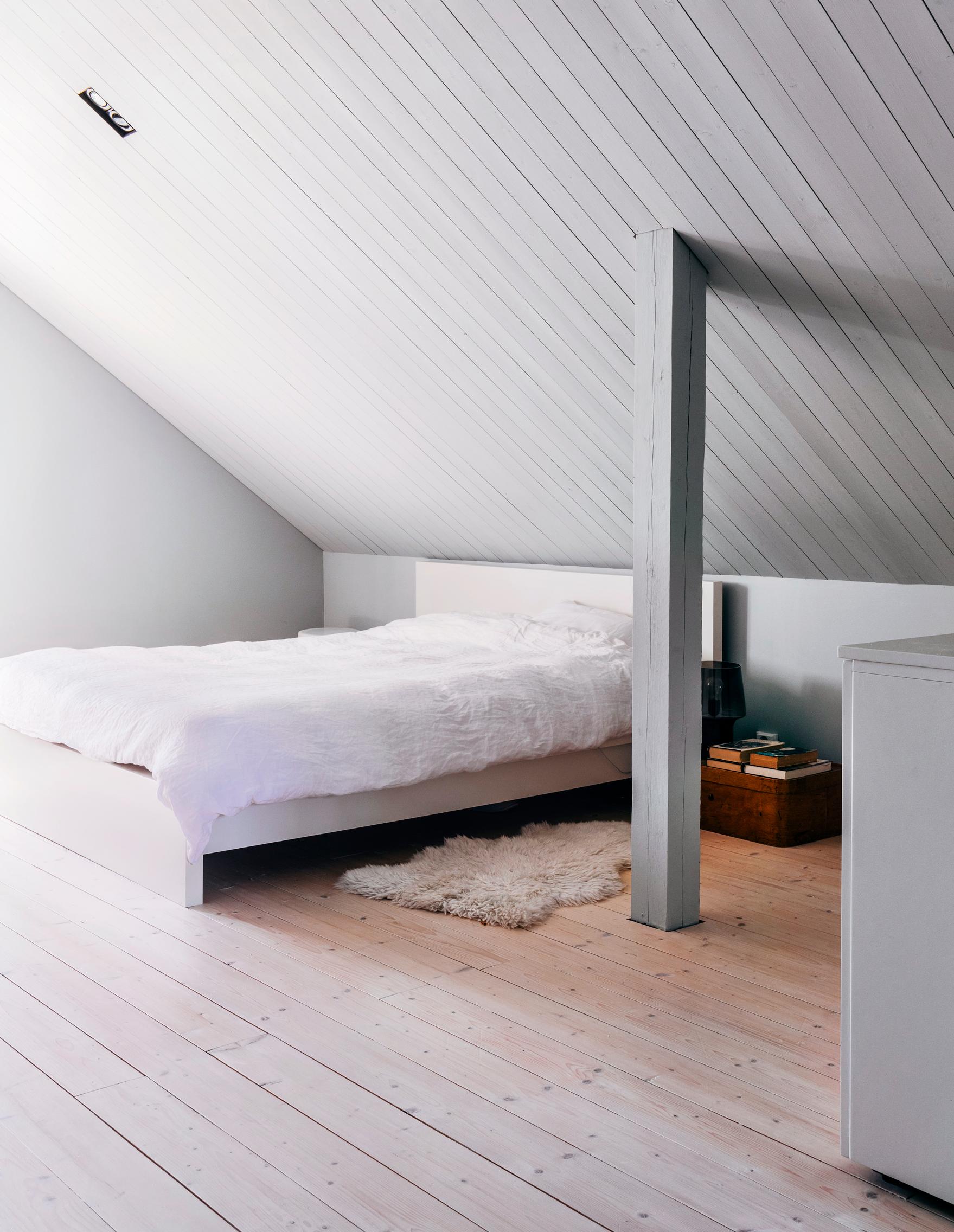
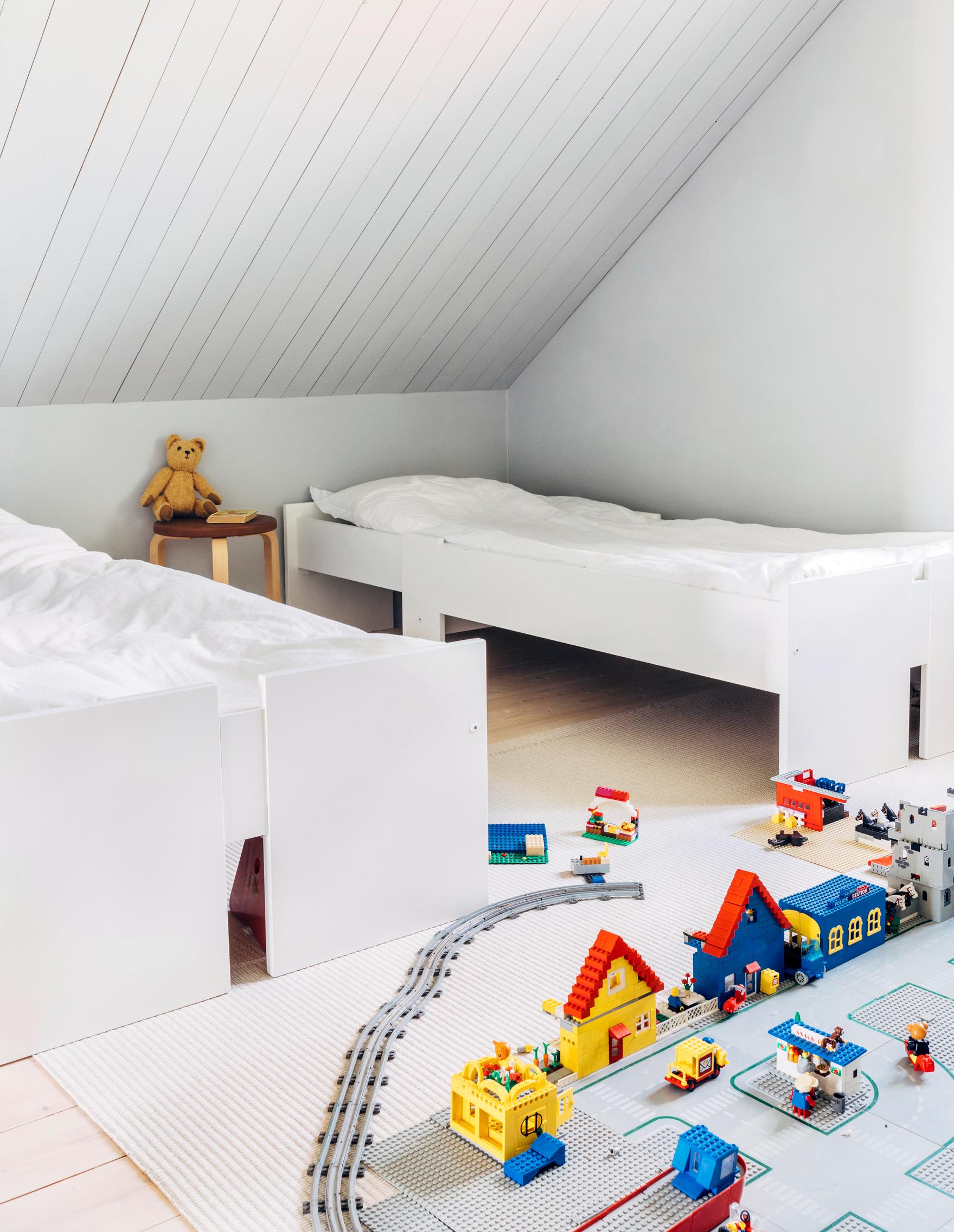
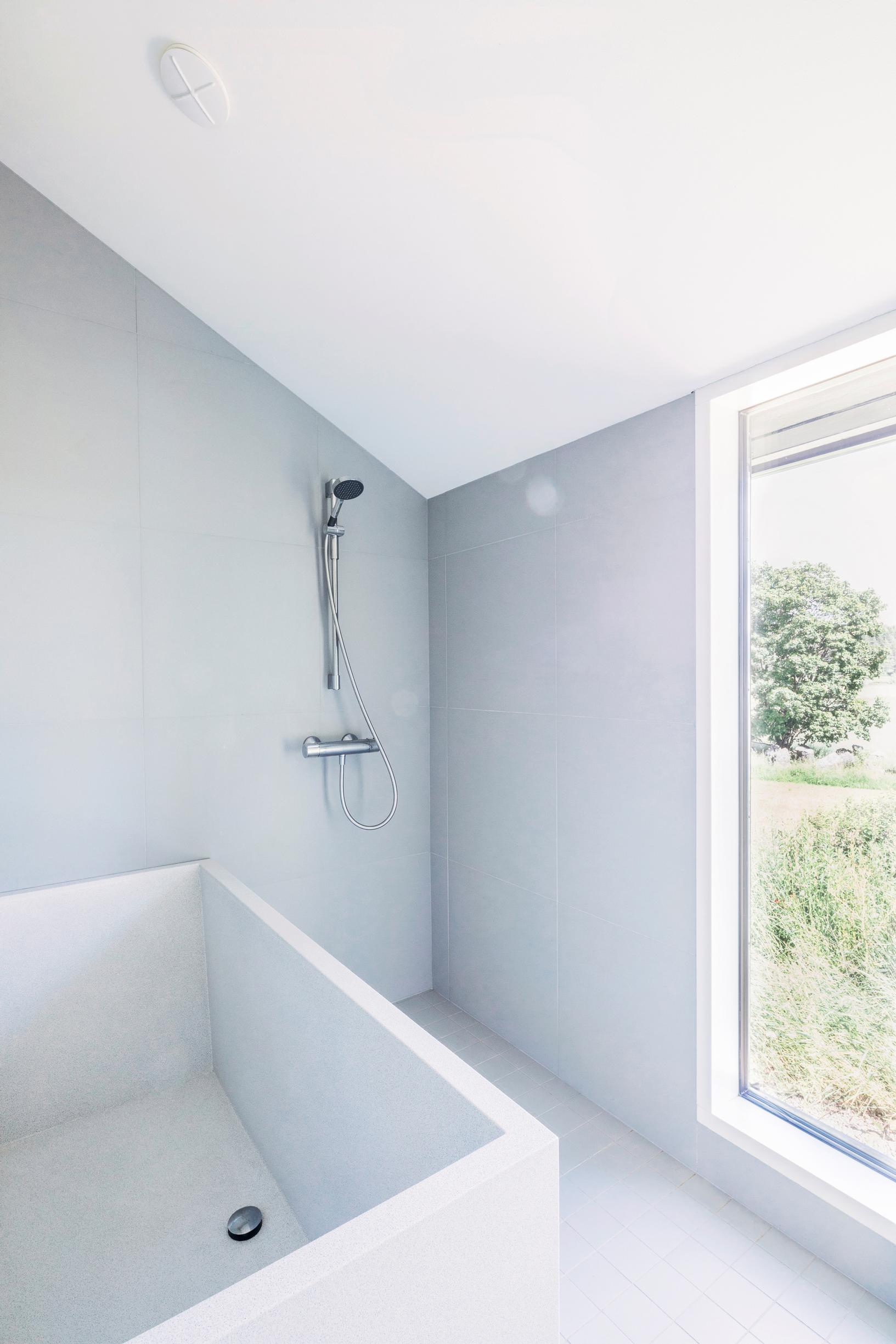
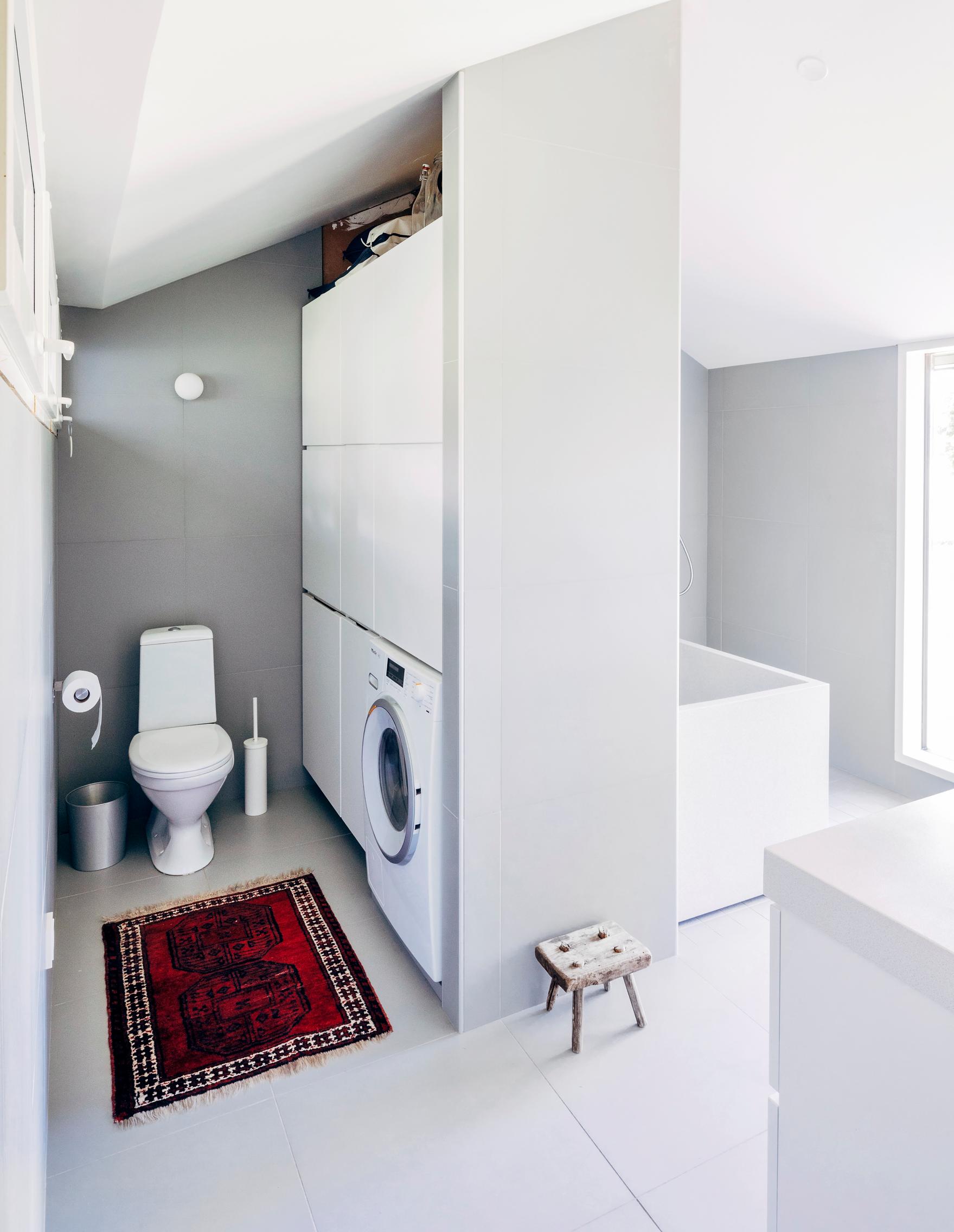
For the past years, this post-war house has served as Kaisa and Aleksi’s family getaway. They spend time here year-round.
“For climate reasons, we want our trips here to be longer than just a weekend. We spend our entire summers here, from when school ends to when it starts again,” Kaisa says.
During summer, the garden and the outdoor kitchen, with its stone fences, become even more important. Aleksi spent about five years building this impressive setup.
For Kaisa, the house and the whole region represent her roots. Before the wars, this area was part of Karelia, and modesty remains part of the local character. Houses aren’t big or ostentatious.
“I belong here. I feel it all the time. It’s as if our ancestors walk here with us. I hope that this place’s spirit will pass on to our daughters and beyond.”
